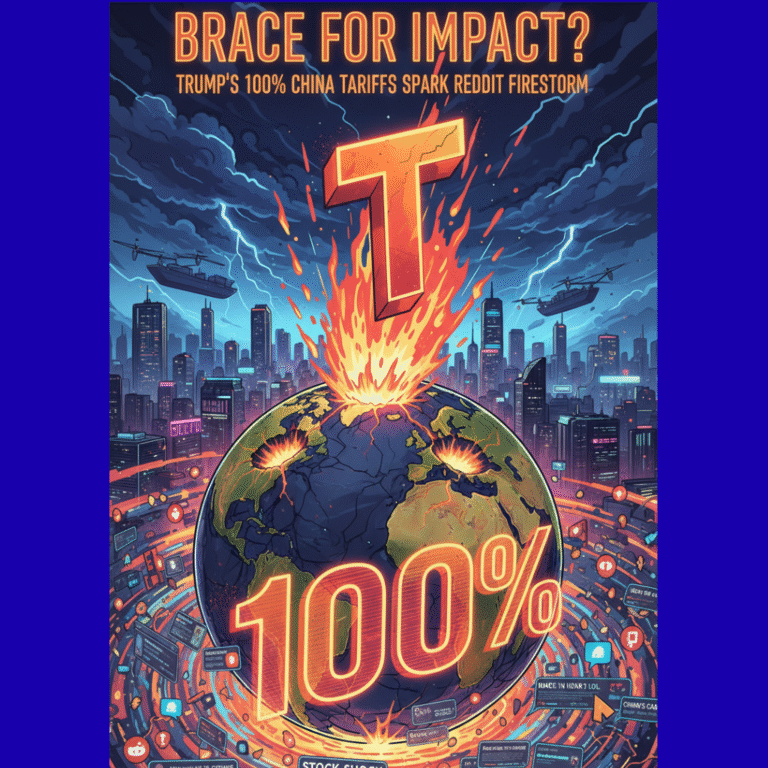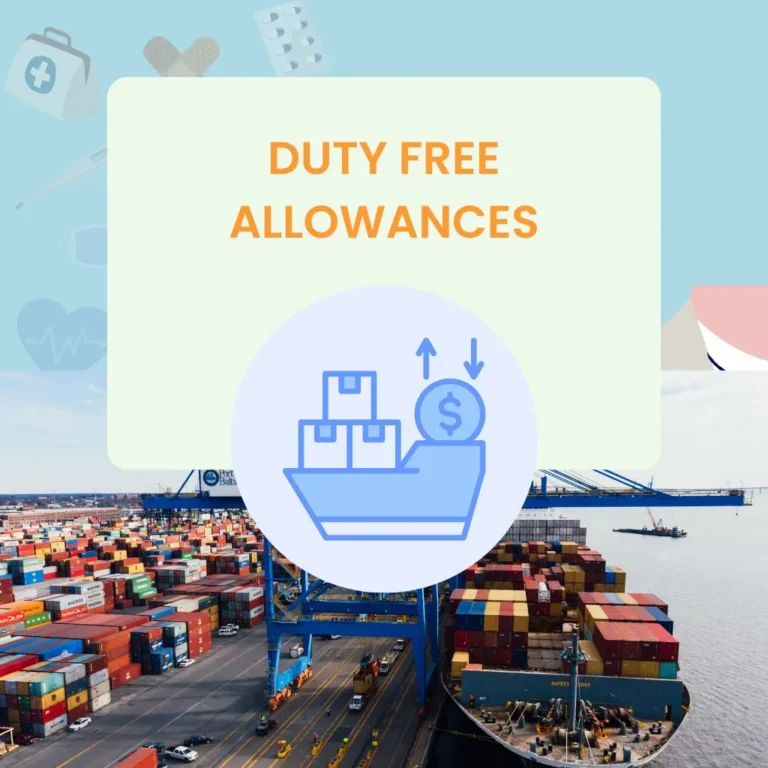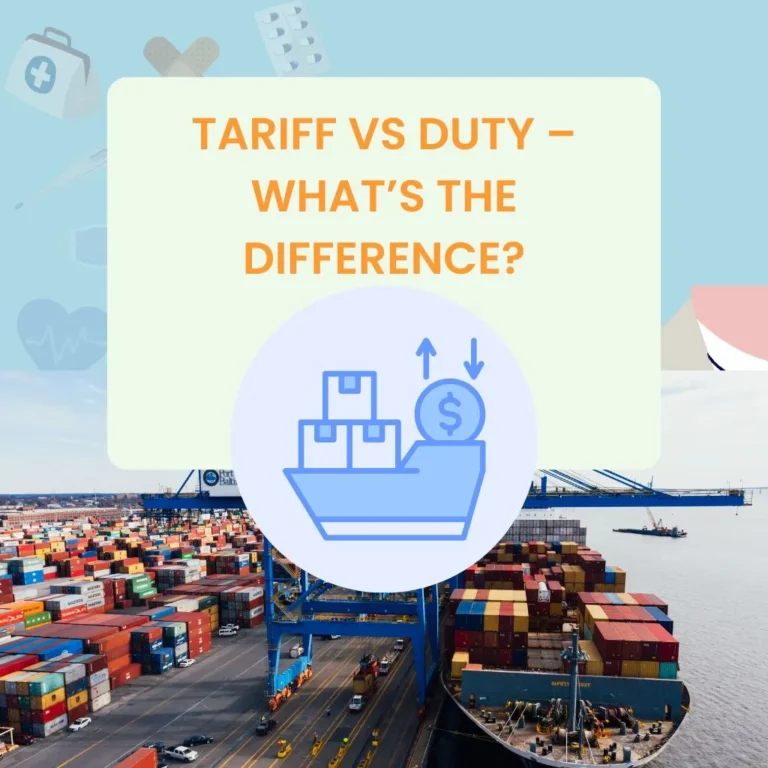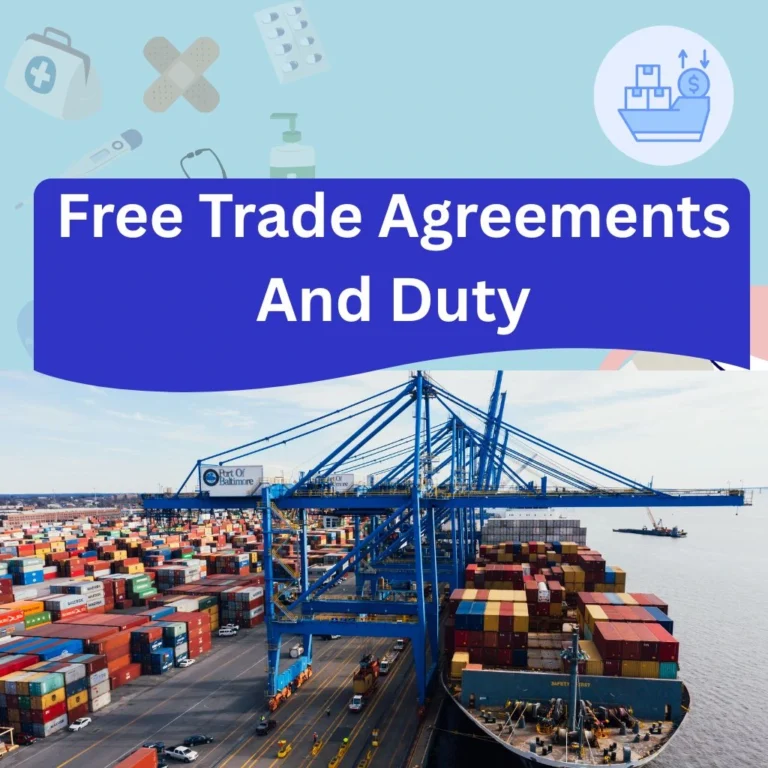How HS Codes Work in Import Duty
HS Codes (Harmonized System codes) are numeric classifications used by customs to identify and tax imported goods. These codes determine how much duty you’ll pay, whether restrictions apply, and if your shipment qualifies for free trade agreement (FTA) benefits. For importers, exporters, and online sellers, understanding HS codes is crucial for accurate declarations, avoiding penalties, and ensuring smooth customs clearance.
TOC
Table of Contents
What Are HS Codes
An HS Code, or Harmonized System Code, is an internationally standardized numerical classification system for traded products. It is used by customs authorities worldwide to identify goods for taxation, statistics, and trade control.
Developed by the World Customs Organization (WCO) in 1988, the HS is now used by more than 200 countries and covers over 98% of global trade.
Each HS code describes a product based on its material, function, or composition. For example:
- 6403.59.00 – Leather footwear
- 8703.22.90 – Passenger motor cars with engine capacity between 1,000–1,500 cc
- 0901.21.00 – Roasted coffee, not decaffeinated
These numerical codes ensure that importers and exporters across different countries use a consistent reference system.
Structure of HS Codes
The Harmonized System follows a hierarchical structure. It is divided into sections, chapters, headings, and subheadings:
- Section: A broad category, such as “Textiles and Textile Articles.”
- Chapter (first two digits): Defines the product group, for example, 64 for footwear.
- Heading (first four digits): Identifies specific types, such as 6403 for leather footwear.
- Subheading (first six digits): Provides finer detail, like 6403.59 for other leather shoes.
While the first six digits of an HS code are globally harmonized, each country can extend it further, up to eight, ten, or even twelve digits, for more precise classification and local tariff application.
For example:
| Country | System | Digits Used | Example |
|---|---|---|---|
| World Customs Organization | Harmonized System | 6 digits | 6403.59 |
| United States | Harmonized Tariff Schedule (HTSUS) | 10 digits | 6403.59.9060 |
| European Union | Combined Nomenclature (CN) | 8 digits | 6403.59.10 |
| Australia | Customs Tariff | 8 digits | 6403.59.00 |
| Japan | Customs Tariff Schedule | 9 digits | 6403.59.000 |
Why HS Codes Matter
HS codes are more than just trade numbers; they are the foundation of global customs systems.
Determine Import Duty and Tax Rates
Each HS code has a corresponding customs duty rate. A small variation in classification can mean paying 0% or 20% duty.
For example:
HS 6403.59 (leather shoes) may have a 5% import duty, while HS 6402.99 (rubber footwear) may have 10% duty. This difference directly impacts landed costs, pricing, and competitiveness.
Control Trade Restrictions
Customs uses HS codes to apply import restrictions, sanctions, or licensing requirements. Certain goods, such as pharmaceuticals, chemicals, or weapons, may need special permits depending on their classification.
Enable Trade Agreements and Preferential Tariffs
Free Trade Agreements rely on accurate HS codes to determine if goods qualify for preferential tariff rates. Using the correct code ensures products benefit from reduced or zero duty under agreements such as CPTPP, USMCA, or EU–Japan EPA.
Support Statistical and Economic Reporting
Governments and international organizations use HS data to track import and export volumes, monitor trade balance, and shape economic policy.
Ensure Compliance and Avoid Fines
Incorrect HS classification can lead to penalties, shipment delays, and customs audits. Misdeclared goods can even be seized.
How HS Codes Affect Import Duty Calculation
Import duty is determined using three main factors:
- HS Code – defines the duty rate and tariff classification.
- Customs Value – usually the CIF value (Cost + Insurance + Freight).
- Country of Origin – affects duty rates under trade agreements or sanctions.
The formula: Import Duty = Customs Value × Duty Rate (based on HS code)
Example:
| Product | HS Code | CIF Value | Duty Rate | Duty Payable |
|---|---|---|---|---|
| Leather shoes | 6403.59 | $5,000 | 5% | $250 |
| Plastic footwear | 6402.99 | $5,000 | 10% | $500 |
The HS code alone can double your import cost if misclassified.
HS Code vs Tariff Code vs Commodity Code
While often used interchangeably, these terms have subtle differences.
- HS Code: Global six-digit system managed by the World Customs Organization.
- Tariff Code: National extension of the HS code for local duty rates (for example, HTSUS in the U.S., TARIC in the EU).
- Commodity Code: Used mainly in the EU and UK to identify goods for import/export declarations.
All are part of the same classification hierarchy but vary in terminology across jurisdictions.
Who Manages HS Codes
The World Customs Organization, based in Brussels, manages the Harmonized System internationally. It revises and updates codes every five years to reflect new technologies, industries, and trade trends.
At the national level, local customs authorities adopt and adapt these codes:
- United States: U.S. International Trade Commission (USITC) manages the Harmonized Tariff Schedule.
- United Kingdom and European Union: The European Commission manages the Combined Nomenclature (CN) and TARIC systems.
- Japan: Ministry of Finance oversees the Japan Customs Tariff Schedule.
- Australia: Australian Border Force maintains the Working Tariff Document.
These organizations ensure tariff codes align with WCO updates and reflect their nation’s trade policy.
How to Find or Verify an HS Code
Correct classification starts with accurate code identification. Here are the best ways to find and confirm your HS codes:
- Use government tariff databases:
- U.S.: Harmonized Tariff Schedule (hts.usitc.gov)
- EU: TARIC Consultation (taxation-customs.ec.europa.eu)
- Japan: JETRO Tariff Finder (jetro.go.jp/en/database/tariff)
- Australia: Tariff Working Document (abf.gov.au/tariff)
- Search by product description.
Use material, use case, and composition to narrow your heading. - Consult a customs broker or trade compliance specialist.
Licensed brokers can determine the correct code using official tariff references. - Check the WCO Explanatory Notes.
The WCO’s notes describe each heading and help interpret difficult classifications.
HS Code Updates and Revisions
The Harmonized System is updated regularly to keep up with new technologies and trade patterns. Each revision includes new codes and removals of outdated categories.
For example, the HS 2022 Revision introduced new codes for:
- E-waste and electronic scrap
- Smart devices and drones
- Additive manufacturing (3D printing)
- COVID-19 related medical supplies
When the WCO releases a new revision, countries must update their tariff schedules accordingly. Importers should always ensure they’re using the latest version.
Common Mistakes in HS Classification
- Guessing the code based on product name. Always verify in official tariff documents.
- Ignoring material composition. Classification often depends on the dominant material.
- Using outdated codes. The HS changes every five years, and older numbers may no longer exist.
- Incorrectly claiming FTA preference. Misclassification can void preferential duty rates.
- Copying supplier codes without verification. Codes valid for one country may not apply in another.
Customs authorities can audit imports for up to five years, so classification accuracy is critical.
HS Codes and Free Trade Agreements
HS codes are key to qualifying for preferential tariff treatment under trade agreements.
For example:
- Under the USMCA, goods must meet specific rules of origin tied to HS codes to qualify for zero duty.
- In the CPTPP, HS codes determine which goods get reduced tariff rates.
- The EU–Japan EPA and Australia–UK FTA both rely on HS codes for tariff phase-outs.
Importers claiming preferential duty must declare the correct HS code and provide a certificate of origin or equivalent documentation.
Role of HS Codes in Digital Customs Systems
Modern customs systems like NACCS (Japan), ICEGATE (India), and CBP ACE (U.S.) use HS codes for automated clearance and risk analysis. The codes allow artificial intelligence systems to match product descriptions, verify tariff rates, and detect anomalies.
With digital trade expansion, correct HS data supports faster processing, transparency, and interoperability across customs agencies.
Example: How HS Codes Affect Duty in Practice
Suppose a company imports LED lamps into three countries:
| Destination | HS Code | Duty Rate | Remarks |
|---|---|---|---|
| United States | 9405.40.8440 | 3.9% | Standard MFN rate |
| European Union | 9405.40.10 | 0% | Duty-free under EU–Japan EPA |
| Australia | 9405.40.00 | 5% | No FTA preference |
Even though it’s the same product, small differences in classification and trade agreements can change the cost structure significantly.
Ensuring Compliance with HS Classification
To maintain compliance and avoid penalties, importers should:
- Maintain an internal classification database for all products.
- Train staff in tariff classification and customs documentation.
- Keep supporting materials like technical datasheets, catalogs, and product specifications.
- Review codes during new revisions or product changes.
Automation tools and AI-based HS code finders can help reduce errors and improve consistency.
FAQs
What is an HS Code?
An HS Code is a global product classification number used by customs to identify goods. It determines the tariff rate, import rules, and required documents.
Why are HS Codes important?
They set your duty rate, affect taxes, enable FTA benefits, and ensure compliance. Using the wrong code can cause overpayment or fines.
Do HS Codes impact duty rates?
Yes. Each code links to a specific duty percentage. Misclassifying a product can raise or lower your total import duty.
Who controls HS Codes?
The World Customs Organization (WCO) manages the system globally. Each country adapts it locally — like USITC, EU TARIC, or Japan Customs.
Can HS Codes change over time?
Yes. National tariff schedules are updated periodically. It’s vital to use the latest version to avoid errors or outdated classifications.
Where can I find the correct HS Code for my product?
Use official tools like tariff finders from your local customs authority or consult with a licensed customs broker for accurate classification.








